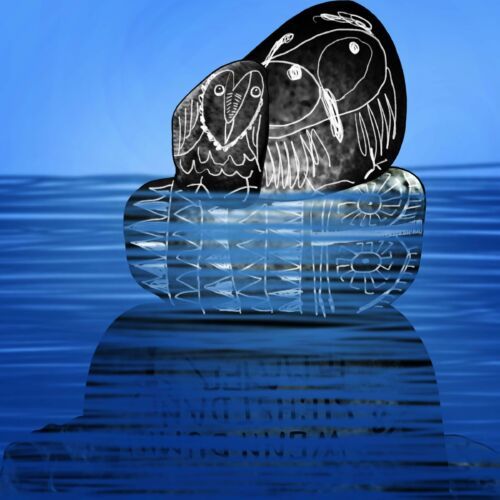Quantum entanglement and teleportation using the Einstein-Rosen bridge
Researchers from the Institute of Photonic and Quantum Sciences at Heriot-Watt University and the University of Geneva have made breakthrough discoveries while studying quantum entanglement. It is a state in which two particles – such as photons of light – remain connected, even if an enormous distance separates them. The findings show a new way for quantum entanglement to survive and remain resilient even in extreme situations. In the test, researchers controlled the entangled photons under conditions of loss and noise equivalent to 79 km of telecommunications fibre-optic cable. In the future, quantum networks will provide high-bandwidth communications that are virtually completely secure and immune to attacks by hackers.
Scientists at the California Institute of Technology and Fermilab, a US research centre for particle and high-energy physics, created two tiny simulated black holes in a quantum computer and sent a message between them through a kind of wormhole in space-time. However, scientists acknowledge that they are very far from being able to send humans or other living beings through this type of portal. Scientists have observed the dynamics of a space-time tunnel on the Sycamore quantum processor developed by Google’s artificial intelligence division. The space-time tunnel – a rupture in time and space – is thought to be a bridge between two distant regions in the universe. Scientists call it the Einstein-Rosen bridge in honour of the two physicists who described the phenomenon – Albert Einstein and Nathan Rosen.























